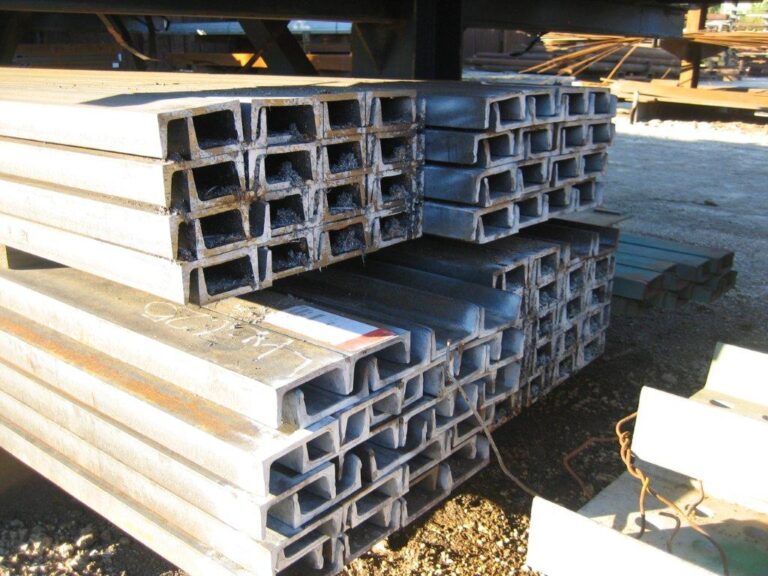Steel channel is a metal material that comes in a variety of diameters and thicknesses. Its cross-section has two perpendicular extensions on the top and bottom and is formed like a C with a straight back and edges. Some varieties of steel channels add short, parallel-to-the-back lips to the ends of the extensions to increase rigidity, much like rectangular steel tubing does. For bolting reasons, some channel varieties feature holes or perforations, and some may add a tiny ridge to the rear to further boost stiffness.
Steel channel is lighter, slightly more flexible and versatile when compared to other structural steel products, such as I-beams, but it also has less torsional strength, making it more prone to twisting in some circumstances. It provides more stiffness than flat steel stock and is somewhat more robust when utilized longitudinally than angle iron of equal thickness.
Here are a few typical uses for steel channel metals, most of which are structural. Click here to learn more about the uses and benefits.
Walls
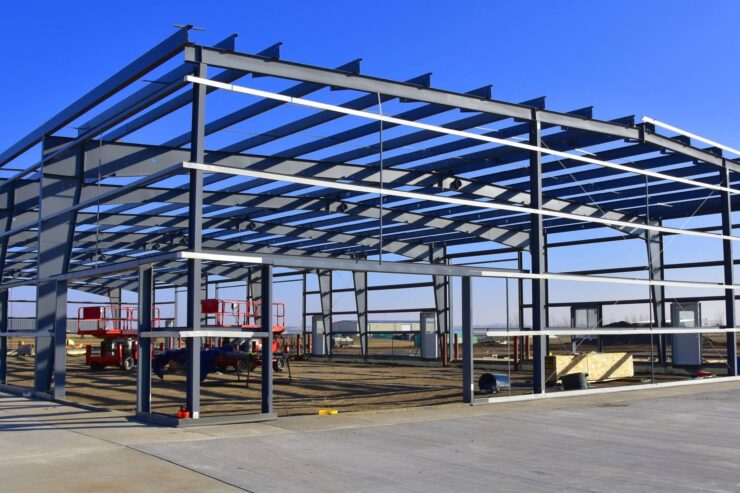
As with traditional wood framing, steel channel is frequently used to construct walls for metal buildings such as garages, sheds, warehouses, workshops, and other structures. The studs carry the vertical weight of the building and run vertically from the bottom plate of the wall to the top plate. The steel channel is far more robust and can hold a lot more weight than a wood stud, even if the weight difference between the two is little. Of course, installing the steel channel is more challenging since it takes welding, bolting or riveting rather than just nailing.
Trailers
Even travel trailers and recreational vehicles (RVs) and flatbed trailers are frequently built with a steel channel. The main frame rails and the tongue, which are where it connects to the towing vehicle, can be built out of a heavy-duty steel channel. It can also be utilized as joists that run perpendicular to the frame rails to construct the floor’s framework and the trailer’s outside borders. After that, flooring, either wood or metal, would be fastened to the joists to complete the trailer’s deck. Steel channels may also be used to build walls and roof studs for enclosed trailers like box trailers and travel trailers, as well as rails to secure the cargo.
Pole Barn Walls
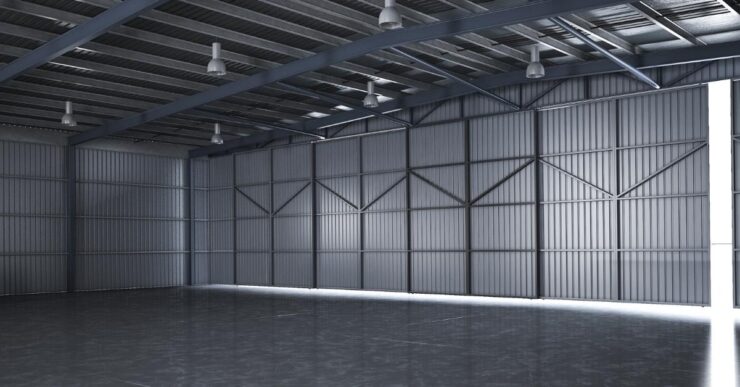
Pole barns can have walls made of steel channel, which is stretched horizontally from pole to pole to serve as an attachment point for the outside siding, which is frequently sheet metal. It can also be installed inside to provide support for internal wall treatments like drywall. The distance between the poles can be extended without affecting the strength of the wall by employing steel channels rather than wood slats or other materials. Over longer lengths, wood may readily twist or warp, lowering the stiffness and load-bearing capacity of the wall and giving the completed product an uneven or wave-like appearance.
Roofs
Steel channels can be used as rafters on light-duty roofs, extending from the eaves to the ridge and supporting the roof deck. The rafters can be smaller and lighter while yet sustaining the same amount of weight if a steel channel is used in place of wood rafters. The steel channel is stronger and more durable than wood, and it won’t be harmed by rot, fungal decay, or dampness. I-beams are frequently utilized as the rafters and ridge for heavy-duty roofs, and a steel channel is installed perpendicularly on top of the rafters from the ridge down to the eave at intervals of a few feet. The rafters may now be spaced farther apart thanks to the steel channel, which also serves as a point of attachment for the steel deck.
Frame for Doors and Windows
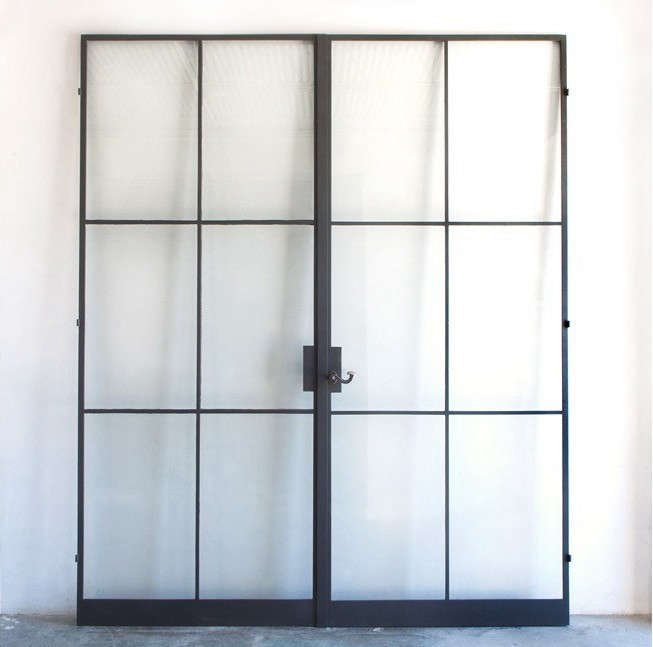
In both metal and wood-framed structures, safe window and door frames may be made using steel channels. The channel glides over the wall in the window or door aperture after being cut into four sections with miter joints on each end. In contrast to wooden frames, this creates a flat surface in the aperture for mounting a door or window. The frames for sub-grade basement doors and commercial fire doors are frequently made of steel channels.
Wood Beam Supports
Steel channels can be used to strengthen the stiffness and strength of hardwood beams in a wood-framed construction when extra strength is required. Large steel channels can be used to contain wood beams, adding added strength while enabling the simple connection of joists and other parts to the wood beam. Alternatively, to strengthen an existing beam during remodeling, a smaller steel channel can be attached to posts and positioned at the bottom of the beam. In order to provide strength while building a house, it might also be installed as a cap on top of the beam.
Automotive Frames
The frames of cars are frequently built from steel channels, which are frequently particularly shaped for that purpose. The primary frame rails, which span from the front to the back of the vehicle, are normally made of heavy-duty steel channels. Steel channel that is less in weight can also be utilized to make cross members, bracing, or structural elements like radiator supports. The steel channel is strong and stiff enough to keep a vehicle from bending excessively while still allowing for some movement to account for the torque the engine produces when it is employed in a vehicle.
Metal Buildings
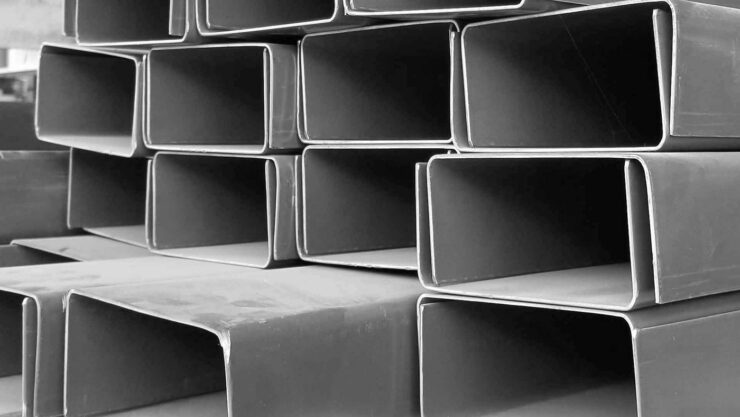
In the construction of commercial and industrial structures, such as warehouses, steel channels are frequently used in conjunction with I-beams and other steel products. It can serve as girts, studs, braces, joists, or other structural elements in places where an I-additional beam’s strength is not required. It frequently requires welding, bolting, or riveting to be secured in place and offers sufficient stiffness and strength for its weight.
Many additional constructions, including guard rails, stair stringers, bridge trusses, and railings, can also be made using steel channels. The product is adaptable, sturdy, lightweight, and largely maintenance-free.
Related Posts:
- 20 Best Gaming Headset Under 50$ 2024 - for PC, PS4,…
- 10 Best Climbing Harness of all Time 2024 - Opinion…
- Top 10 Best Outdoor Basketball Shoes 2024 - Durable…
- Top 16 Best Office Chair Covers 2024 - Chair…
- 10 Best Intermediate Climbing Shoes 2024 - Good for…
- 5 Ways to Style Your Halo Hair Extensions for a Night Out

